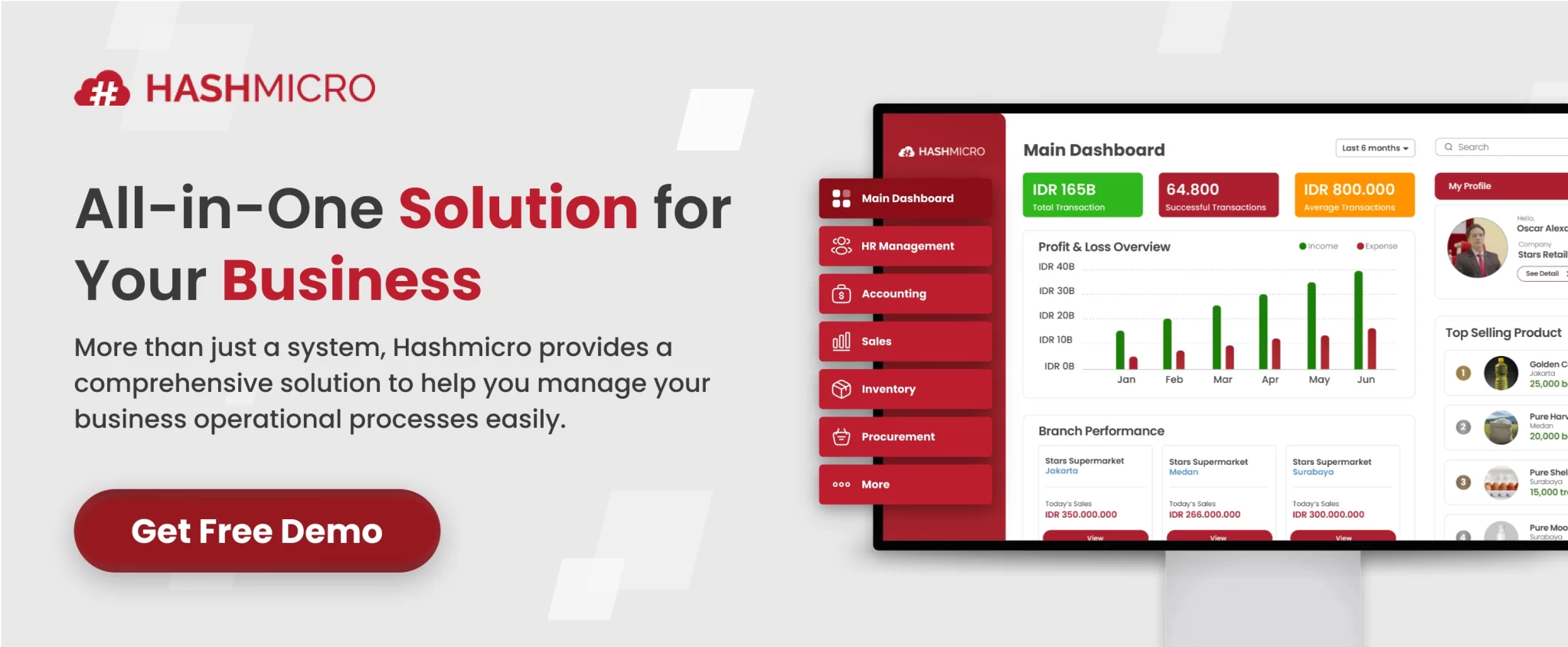Do you need help managing your business finances effectively? You’re not alone. Many businesses face the challenge of organizing their financial information in a clear and structured way. Without a proper balance sheet, financial decision-making can become a guessing game.
A balance sheet template is a tool that helps businesses track their assets, liabilities, and equity in a structured format. It provides a snapshot of a company’s financial health, ensuring that stakeholders have the right information to make informed decisions.
This article will explore what a balance sheet template is, the different types, the benefits, and how to create it. We will also address when to use a balance sheet template and how accounting software can simplify the process for your business.
Table of Content:
Table of Content
Key Takeaways
|
What is a Balance Sheet Template?
What is balance sheet and how does it function in financial reporting? A balance sheet template is a pre-designed framework used to organize financial data, showing a business’s financial position at a specific point in time.
For example, a balance sheet differs from an income statement balance sheet, as the income statement shows a business’s performance over a period, while the balance sheet provides a snapshot of financial health at a single moment.
There are various types of balance sheet templates, each designed to suit different business needs, whether you’re comparing financial periods, presenting data vertically or horizontally, or simply organizing information in a more accessible way.
Types of Balance Sheet Templates
Balance sheet templates come in different formats to suit various business needs. While each template serves the same basic purpose—providing a snapshot of a company’s finances—the layout and structure can vary.
A balance sheet example can help illustrate how each format is applied to highlight financial details clearly. Let’s take a closer look at the three most common types:
1. Comparative balance sheet
A comparative balance sheet template compares a business’s financial position over two or more periods, such as months or years. This format helps businesses track their financial progress over time, highlighting trends in assets, liabilities, and equity.
2. Vertical balance sheet
A vertical balance sheet template presents the company’s assets and liabilities in a vertical format, usually with assets on the left and liabilities and equity on the right. It provides a clear and concise view of the company’s financial position.
3. Horizontal balance sheet
In a horizontal balance sheet template, assets, liabilities, and equity are laid out horizontally, usually side-by-side. This layout makes it easy to compare different financial elements against each other, ideal for quick assessments and reporting.
Benefits of Using Balance Sheet Templates
Balance sheet templates offer a range of advantages that can streamline financial management and decision-making. Below are the key benefits of using balance sheet templates:
1. Improved financial clarity
Balance sheet templates help businesses present their financial data in a structured and clear manner, making it easier to understand financial health.
2. Better decision-making
With accurate financial data at hand, businesses can make more informed decisions regarding investments, budgeting, and forecasting.
3. Time-saving
Templates save businesses time by providing a ready-made structure for financial data entry, reducing the need to create a balance sheet from scratch.
4. Compliance & reporting
Using standardized balance sheet templates ensures consistency and helps meet regulatory requirements, reducing the risk of errors and penalties.
5. Easier financial analysis
Templates allow for quick analysis, enabling businesses to identify financial trends, assess profitability, and track liabilities over time.
How to Create a Balance Sheet Template
Creating an accurate balance sheet is essential for tracking your business’s financial health. Here are the key steps to help you build and maintain a solid balance sheet template:
- Choose a template type: Select a balance sheet template that suits your business needs, whether it’s comparative, vertical, or horizontal.
- List assets and liabilities: Clearly list your company’s assets (current and non-current) and liabilities (short-term and long-term).
- Calculate equity: Equity is calculated as the difference between total assets and total liabilities. This is a critical component of the balance sheet formula.
- Update regularly: For accurate tracking, ensure that you update the balance sheet template at regular intervals, such as monthly or quarterly.
- Ensure accuracy: Double-check figures for accuracy. Any errors in balance sheet items or calculations can lead to incorrect financial insights.
When to Use a Balance Sheet Template
A balance sheet template should be used whenever your business needs to present an accurate, up-to-date picture of its financial health. Having an organized sample balance sheet is essential, whether you’re preparing for an audit, applying for a loan, or reporting to investors.
Additionally, if you’re planning for growth or managing cash flow, a sample balance sheet template is crucial for tracking your assets and liabilities. It helps identify where your business stands financially and where improvements may be needed.
Finally, using a balance sheet template regularly (monthly or quarterly) allows you to monitor your business’s financial health over time. This consistency ensures you’re always aware of your financial position and can make informed decisions accordingly.
Common Challenges in Creating Balance Sheet Formats
While balance sheet templates are helpful, creating them can come with its own set of challenges. These common issues can hinder the accuracy and efficiency of your financial reporting:
- Incorrect categorization of assets and liabilities: Misclassifying assets or liabilities can skew the financial picture, making it harder to assess the company’s true financial health.
- Inconsistent formatting: Without a standardized template, balance sheets can become disorganized, making it difficult to compare data or identify financial trends.
- Data entry errors: Even small mistakes in data entry can cause discrepancies in the balance sheet, leading to inaccurate financial reporting.
- Time-consuming: For businesses without automated systems, creating a balance sheet can be a manual and tedious process that requires significant time and effort.
How HashMicro Accounting Software Can Help with Balance Sheet
HashMicro accounting software offers an easy-to-use platform to streamline the creation and management of balance sheets. With its automated features, businesses can quickly generate accurate balance sheets without manual input, saving time and reducing errors.
Additionally, HashMicro ensures that balance sheet items are categorized correctly, adhering to accounting standards. This ensures consistency, compliance, and the ability to generate real-time financial reports for better decision-making.
Key Features:
- Multi-Level Analysis: Enables revenue analysis based on projects or branches.
- Profit & Loss vs. Budget & Forecast: Compares actual revenue with the budget and projections.
- Cash Flow Reports: Aids in monitoring cash flow related to revenue recognition.
- Financial Statement with Budget Comparison: Assists in tracking revenue against the budget.
- Budget vs. Actual: Compares expected revenue with its realization.
- Equity Movement Report: Monitors changes in equity that may relate to recognized revenue.
Conclusion
In conclusion, a balance sheet template is an essential tool for businesses to track their financial health. Whether you use a comparative, vertical, or horizontal format, a well-organized balance sheet can provide crucial insights into your company’s performance.
HashMicro can help simplify the creation and management of your balance sheet, reducing errors and saving valuable time. With automated data entry and real-time reporting, it’s an ideal solution for businesses looking to stay on top of their finances.
Ready to streamline your financial management? Sign up for a free demo of HashMicro’s accounting software today and see how it can transform your business finances!

FAQ
-
What is included in a balance sheet template?
A balance sheet template includes three main sections: assets (what the business owns), liabilities (what the business owes), and shareholder equity (the owner’s share of the business).
-
Why is a balance sheet important?
A balance sheet is crucial because it helps businesses and investors understand the company’s financial health. It can be used to assess profitability, financial stability, and liquidity.
-
How does a balance sheet balance?
The balance sheet follows the accounting equation: Assets = Liabilities + Shareholder Equity. This means the total value of assets must always equal the sum of liabilities and equity, ensuring that the sheet is balanced and accurately reflects the financial state of the company.





















































